by Trey Lamkins, Landscape Operations, Kimmel Education and Research Center
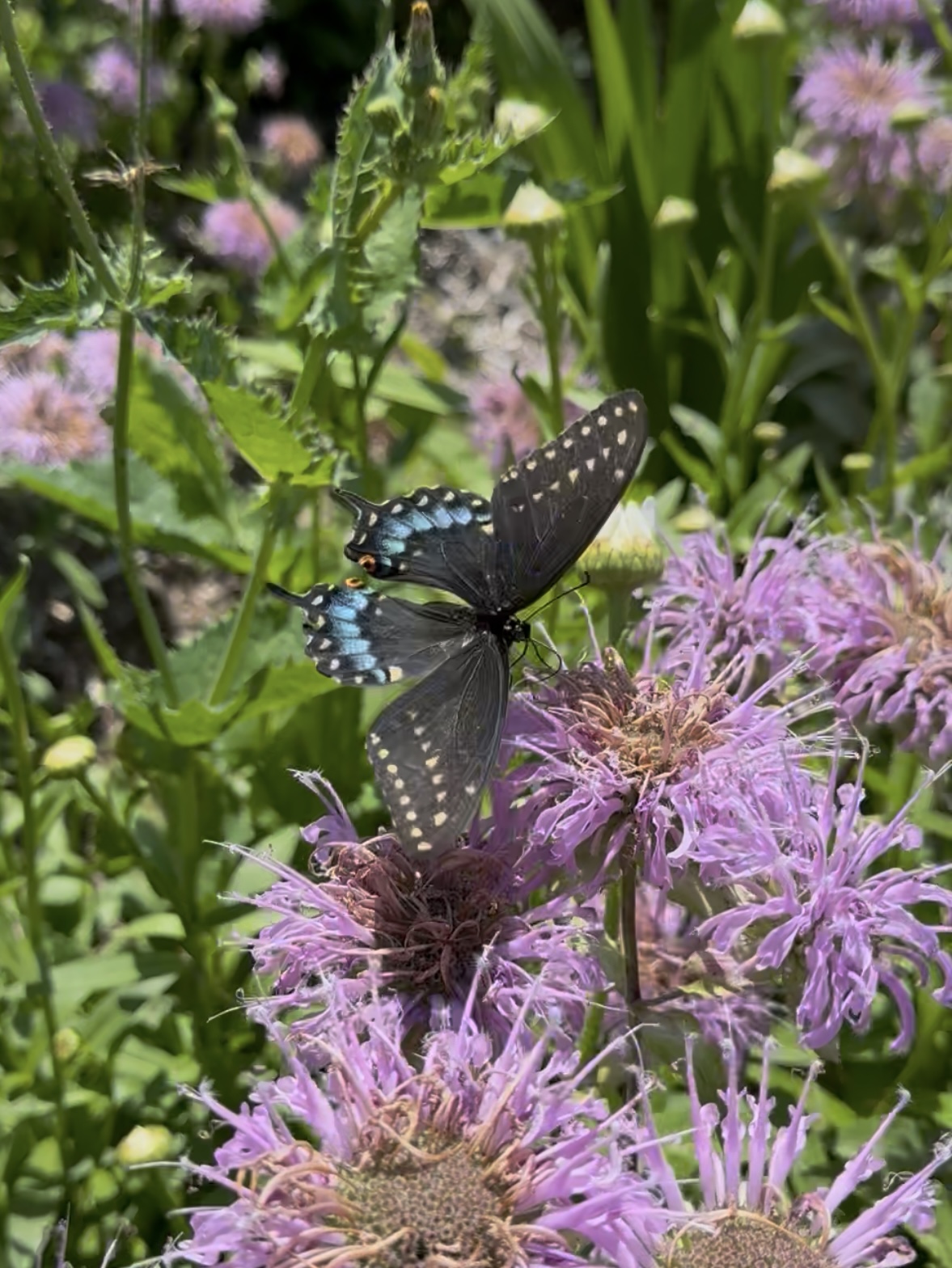
At the heart of summer, the landscapes at Kimmel Orchard and Vineyard are not just bursting with fruit and flowers, they’re also alive with wings. From fluttering butterflies to elusive moths, the grounds have become a living field guide to some of Nebraska’s most captivating pollinators and beneficial insects.
This season, we’ve been fortunate to spot a wide variety of moths and butterflies throughout the property. Whether dancing over wildflowers, resting beneath tree canopies, or basking in the sunlit prairie grass, each species plays a unique role in our local ecosystem.
Here are some of the remarkable sightings from the past few weeks:
Black Swallowtail (Papilio polyxenes)
A striking butterfly with black wings dotted with yellow, blue, and red markings. The Black Swallowtail often flutters through herb beds, as its caterpillars use dill, parsley, and fennel as host plants, but they are not native to North America. The native host plants for Black Swallowtails include Golden Alexander (Zizia aurea) and Heart-leaved Golden Alexander (Zizia aptera).
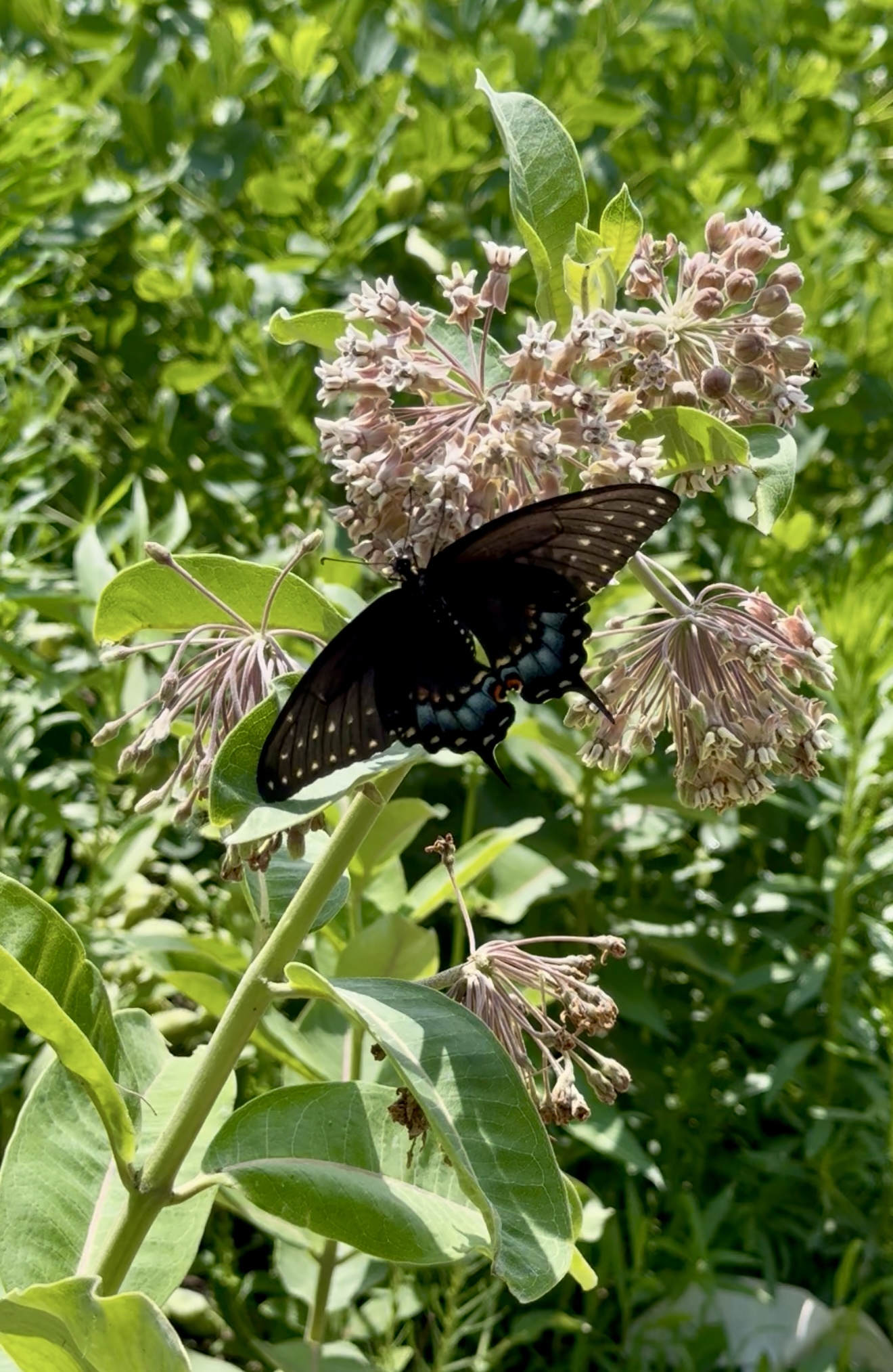
Eastern Tiger Swallowtail (Papilio glaucus)
Range: Found from the East Coast westward into the Dakotas, Nebraska, Kansas, Oklahoma, and Texas. In Nebraska, it occurs statewide but is less frequent in the west. Larval Host Plants: In Nebraska, the caterpillars feed almost exclusively on Green Ash (Fraxinus pennsylvanica) and Chokecherry (Prunus virginiana).
Habitat: Highly Adaptable, common in prairies, woodland edges, and even urban landscapes.
Wingspan: Averages between 2.5 to 4.5 inches.
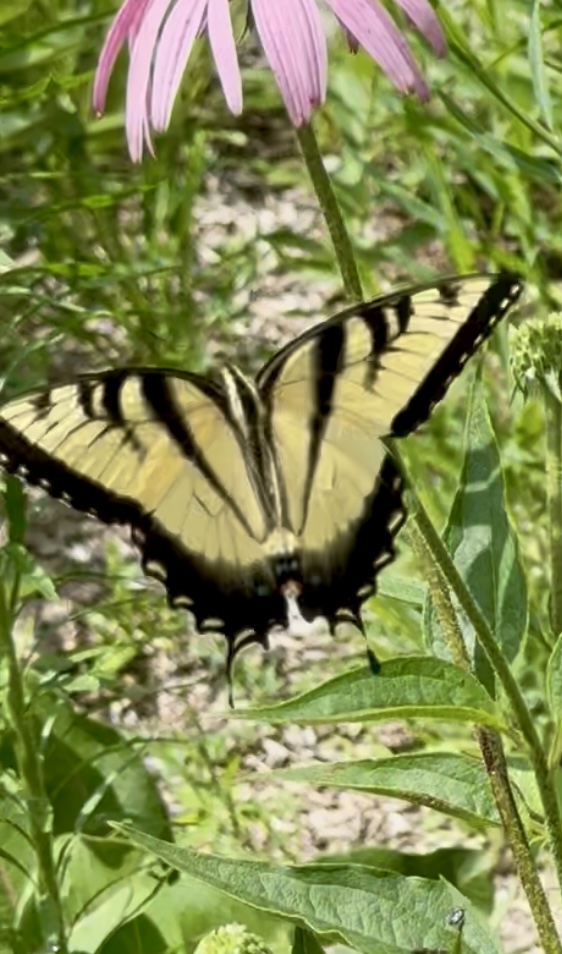
Eastern Giant Swallowtail (Papilio cresphontes)
The largest butterfly in North America, this species commands attention with its wide wingspan and bold yellow-and-black pattern. It’s been spotted gliding effortlessly in pollinator habitat, specifically in our mast of Catmint.
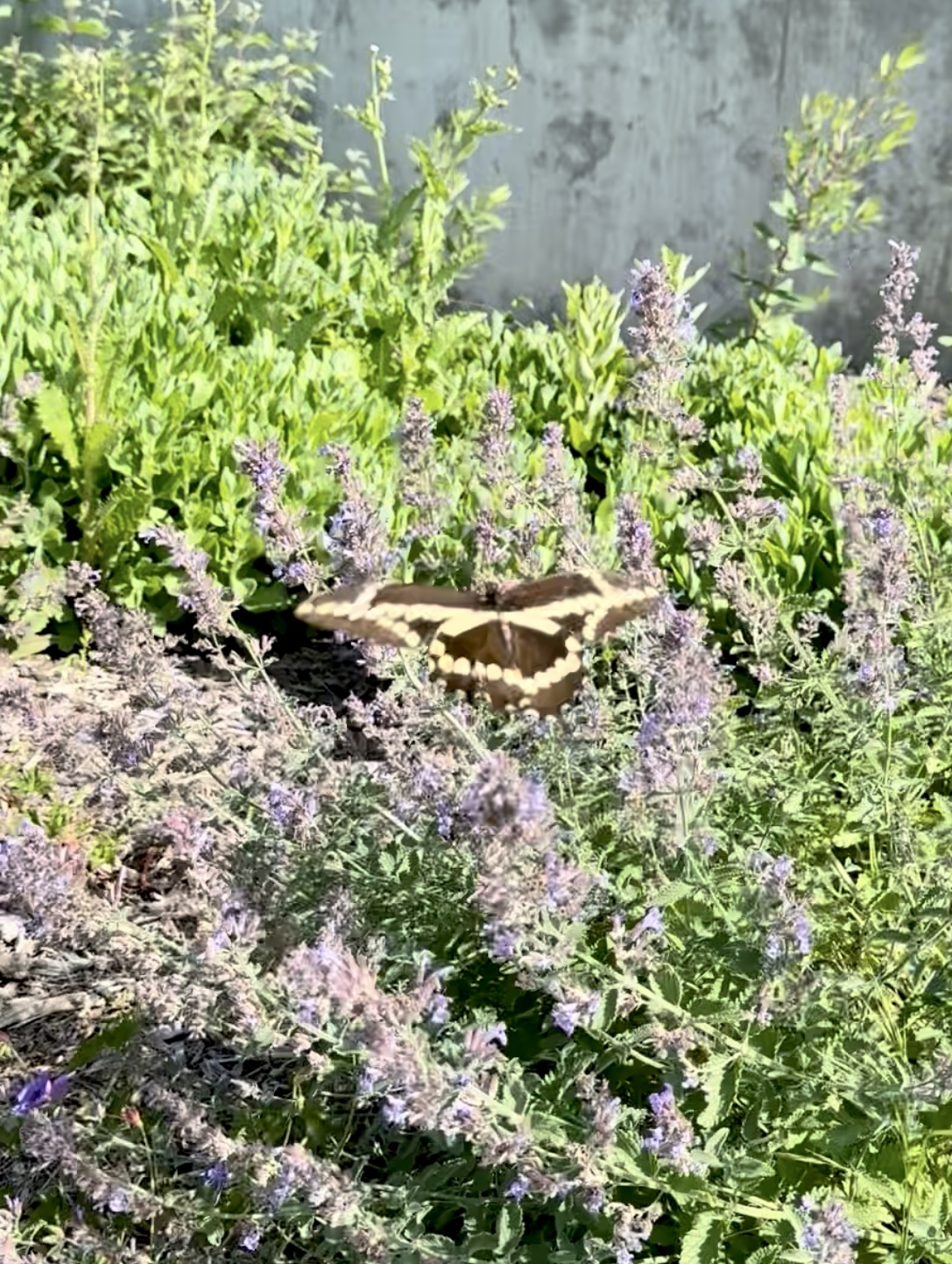
Monarch (Danaus plexippus)
A welcomed sight and a conservation icon. Monarchs are drawn to our stands of Common Milkweed, where both eggs and caterpillars have been observed. As a certified Monarch Waystation, Kimmel is proud to support this species through every life stage. Want to learn more? Check out our other post: “Meet the Monarch: Migration, Milkweed, and Why It Matters”
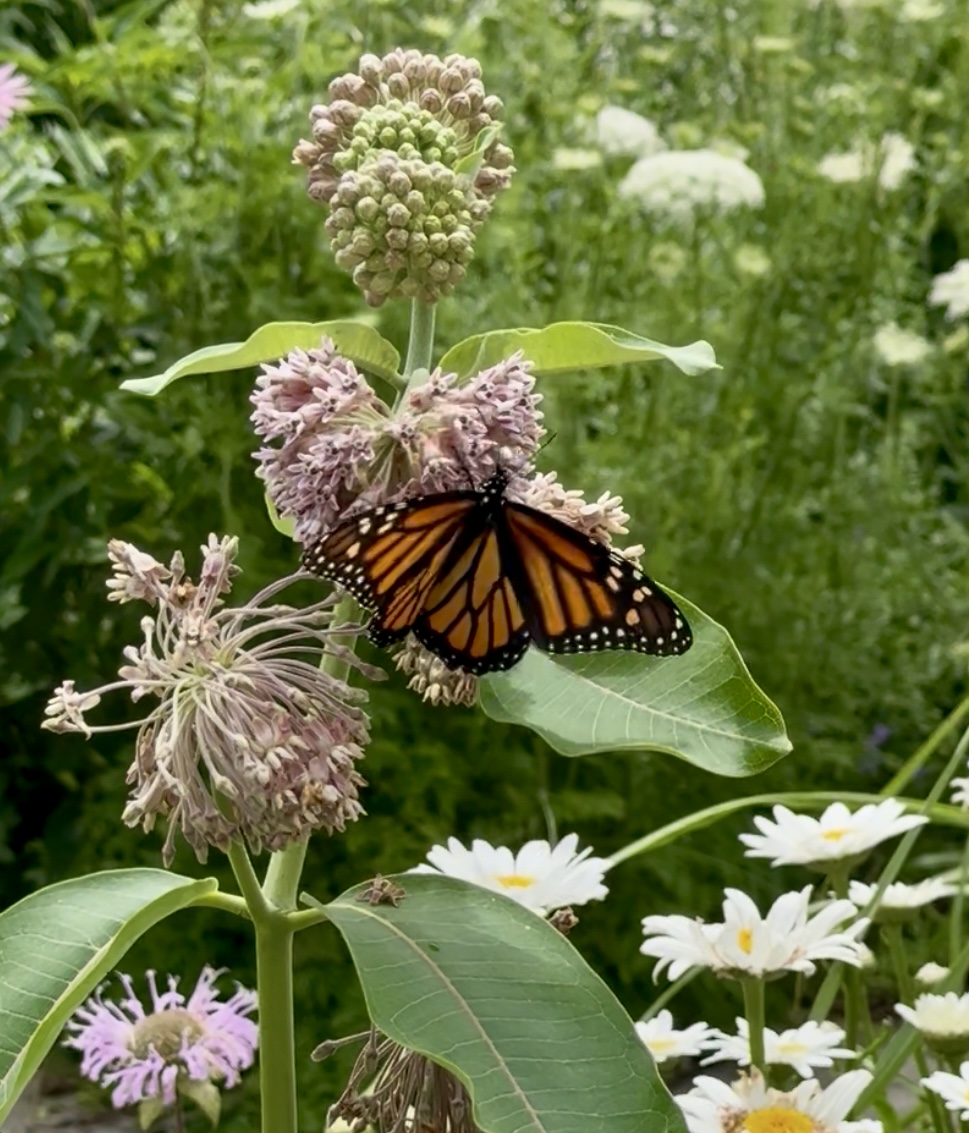
Pearl Crescent (Phyciodes tharos)
Small but colorful, this orange-and-black butterfly has a delicate checkerboard pattern and is often seen sipping nectar from native wildflowers like asters and goldenrods.
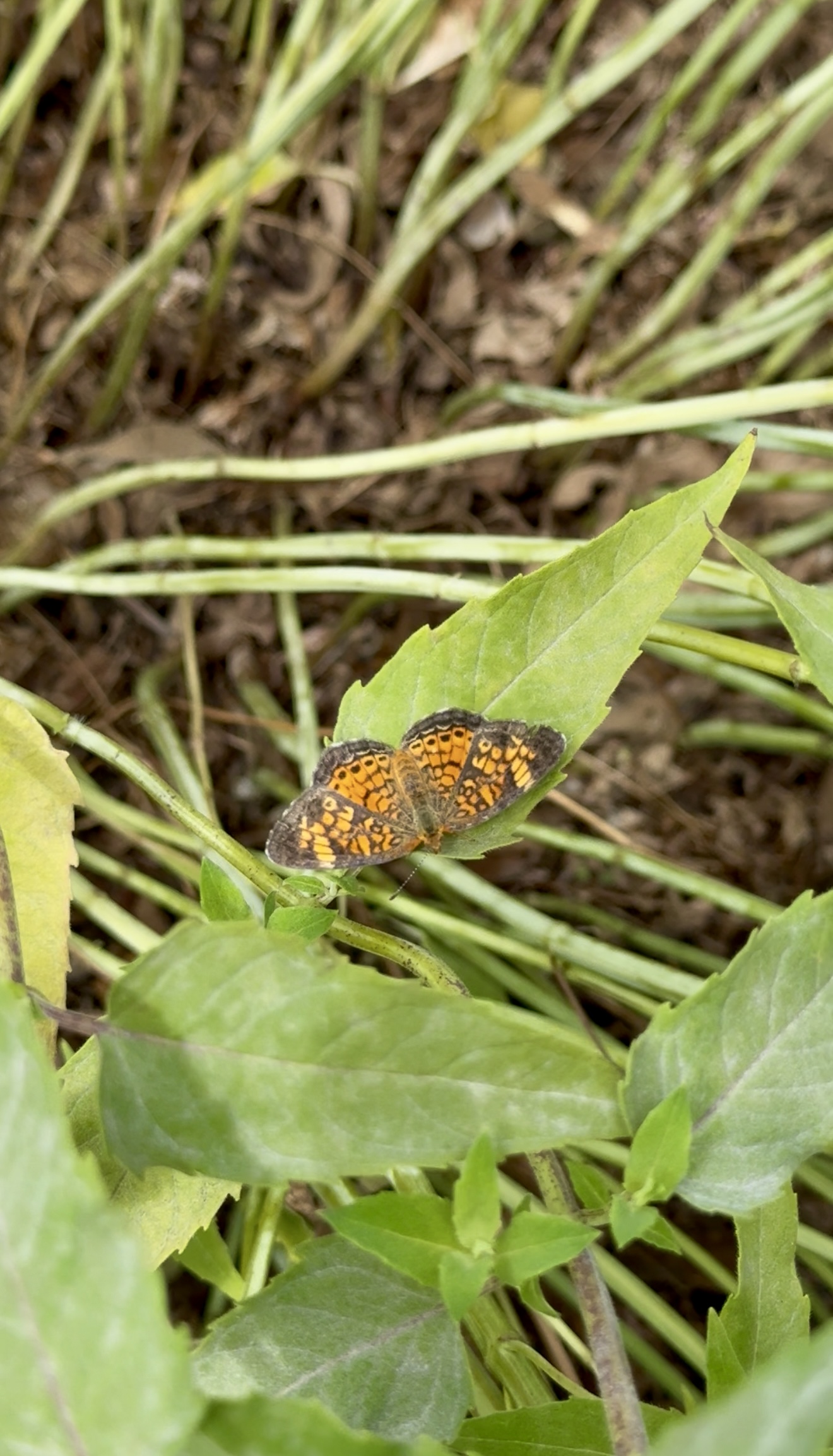
Orange Sulphur (Colias eurytheme)
Bright and buttery in color, the Orange Sulphur is a common sight in open fields and along the orchard’s perimeter. They’re especially active on sunny days, darting quickly from bloom to bloom.
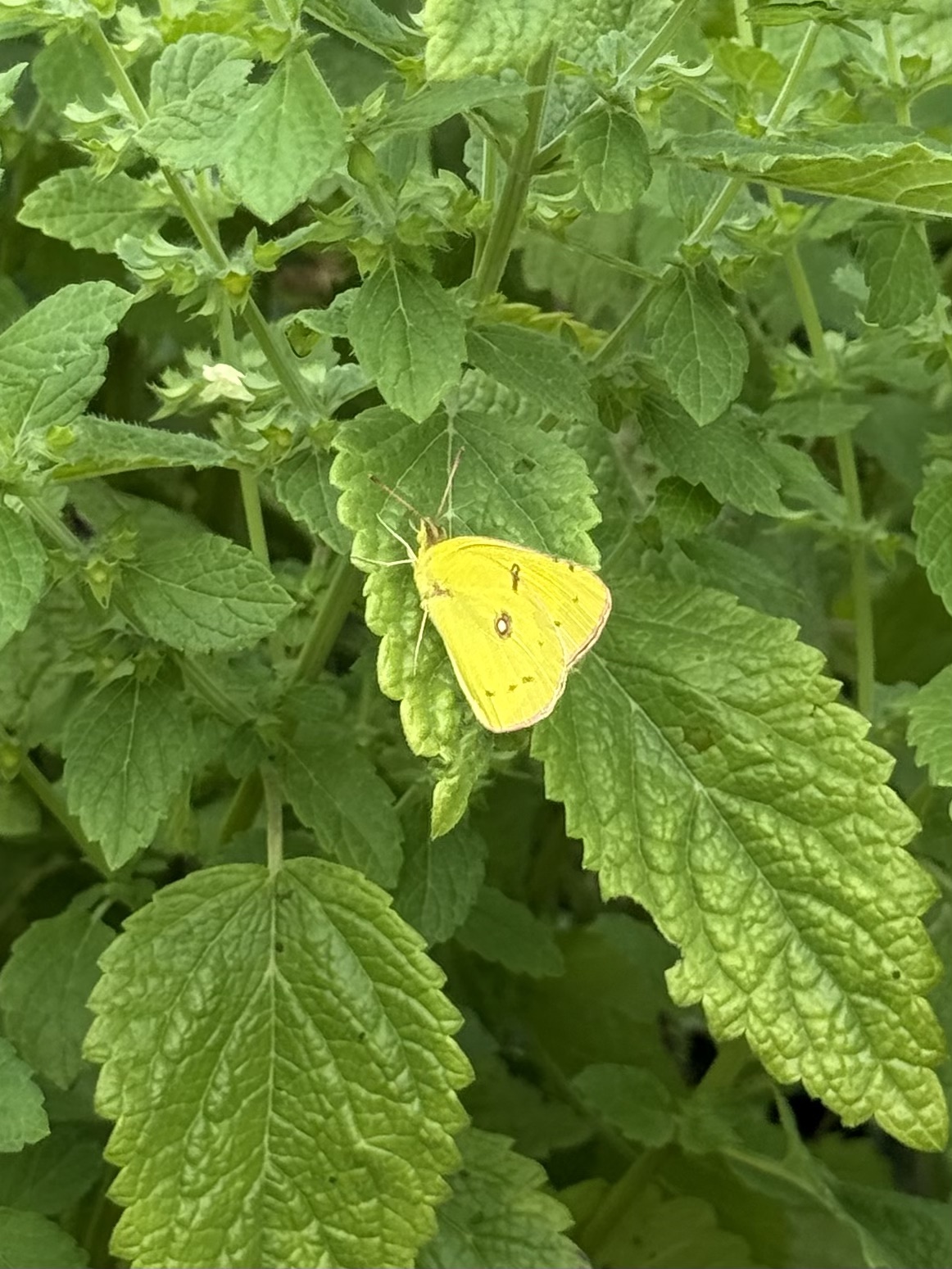
Silver-spotted Skipper (Epargyreus clarus)
With its characteristic silver-white patch on the hindwing, this chunky-bodied butterfly is easy to identify. It favors legumes like false indigo and is often seen in motion, rarely sitting still for long.
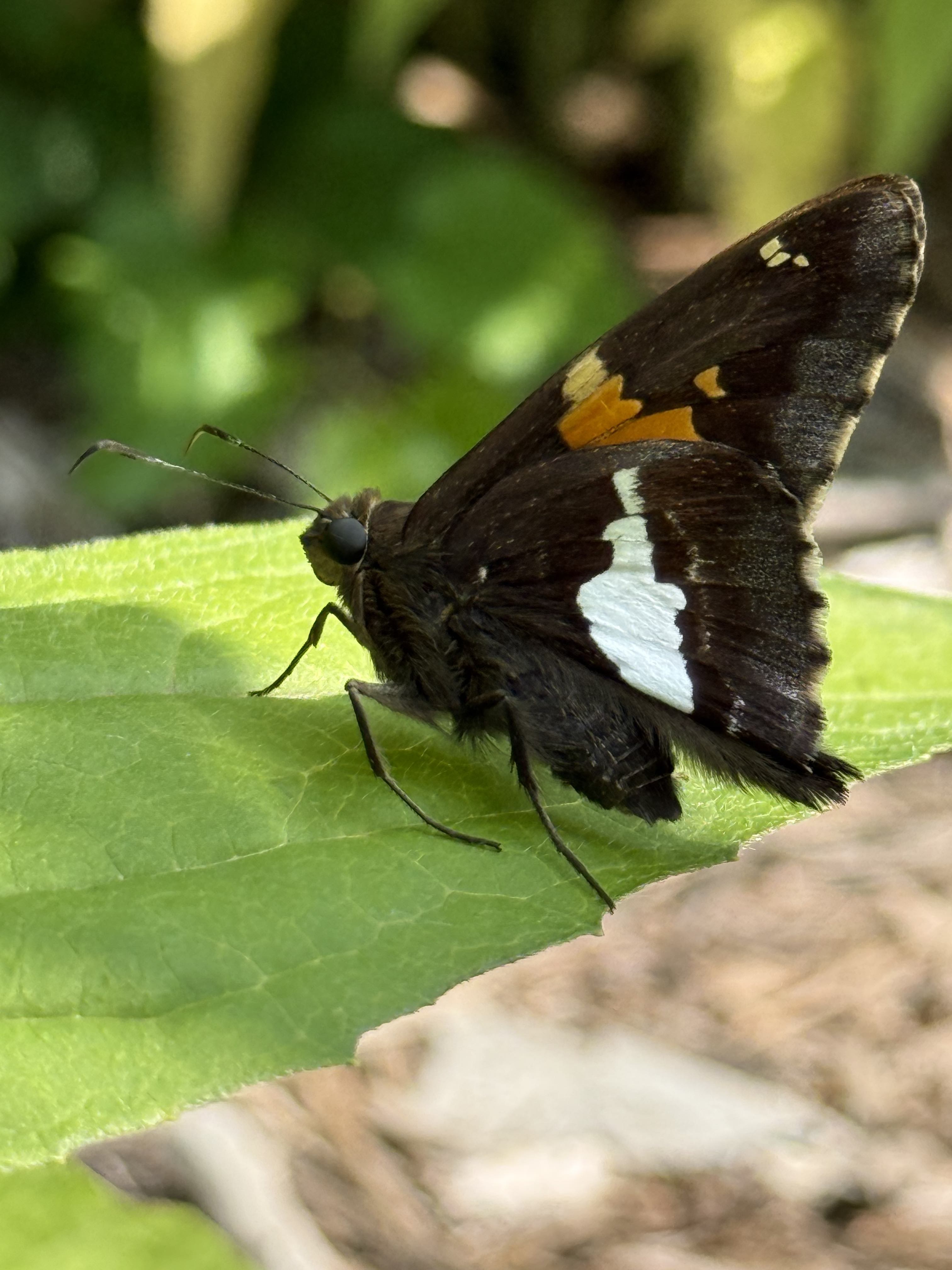
Great Spangled Fritillary (Speyeria cybele)
A showstopper with its bold orange color and silvery undersides, this fritillary frequents our open, sunny meadows and gardens. Its caterpillars feed exclusively on violets.
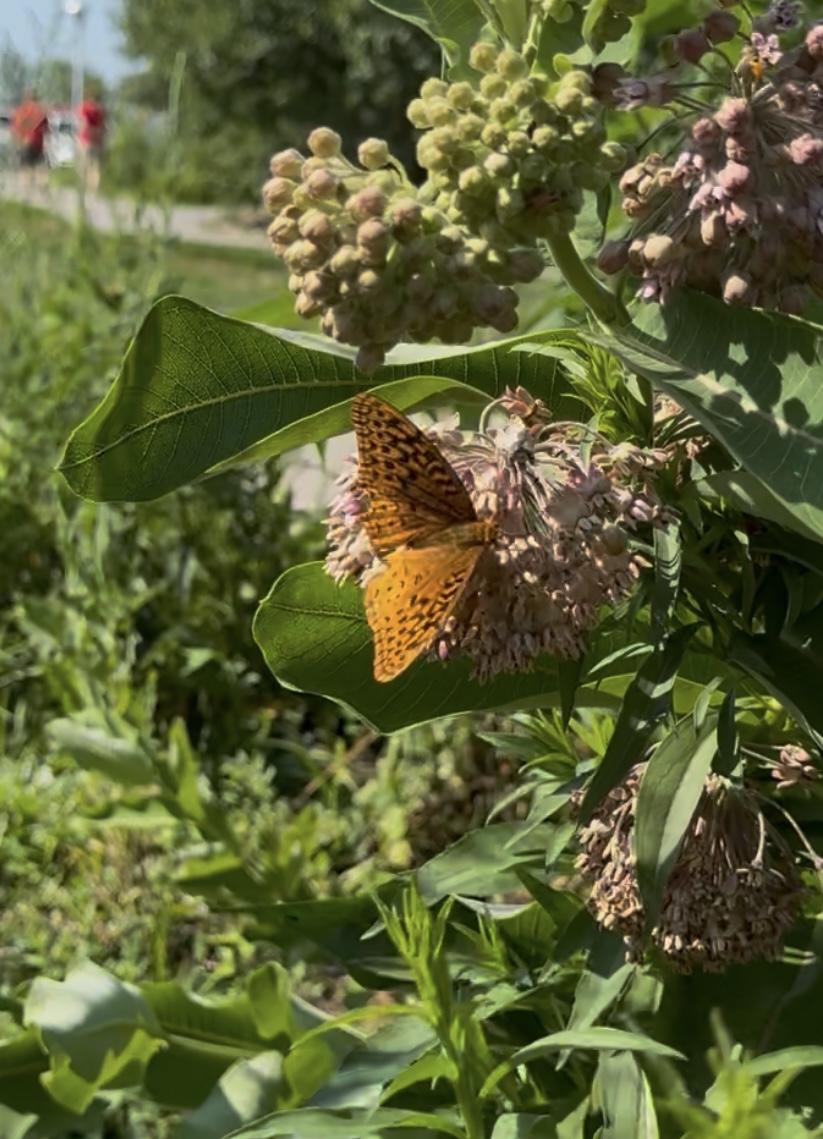
Carpenterworm Moth (Prionoxystus robiniae)
An impressive and cryptic moth that blends in perfectly with tree bark. Though less flashy than butterflies, the Carpenterworm Moth plays a role in breaking down decaying wood and serves as food for birds and bats.
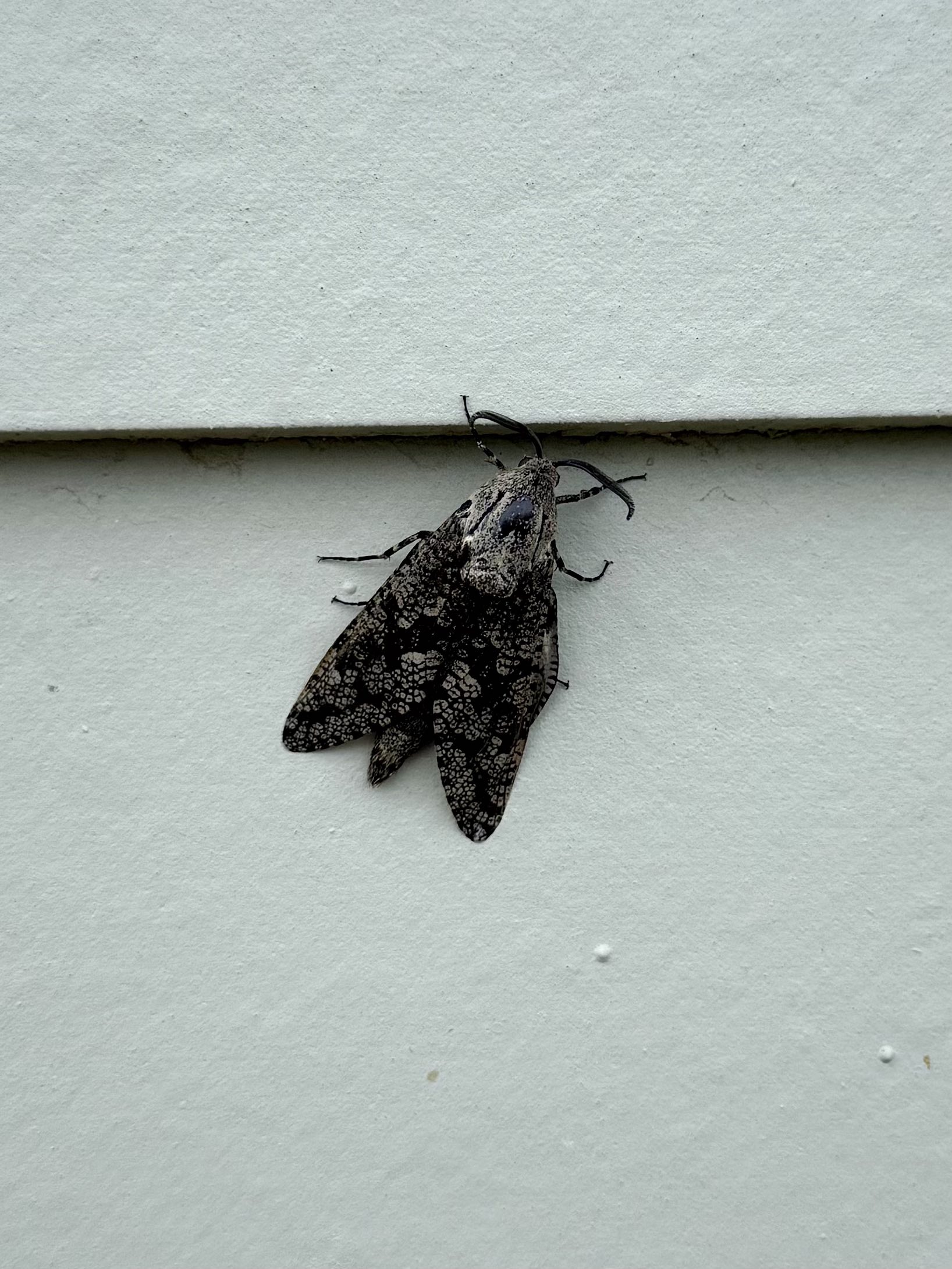
Virginian Tiger Moth (Spilosoma virginica)
This pure white moth with black speckling is most often spotted at dusk. Its fuzzy caterpillars, sometimes called "yellow woolly bears," are a familiar sight to many gardeners and hikers.
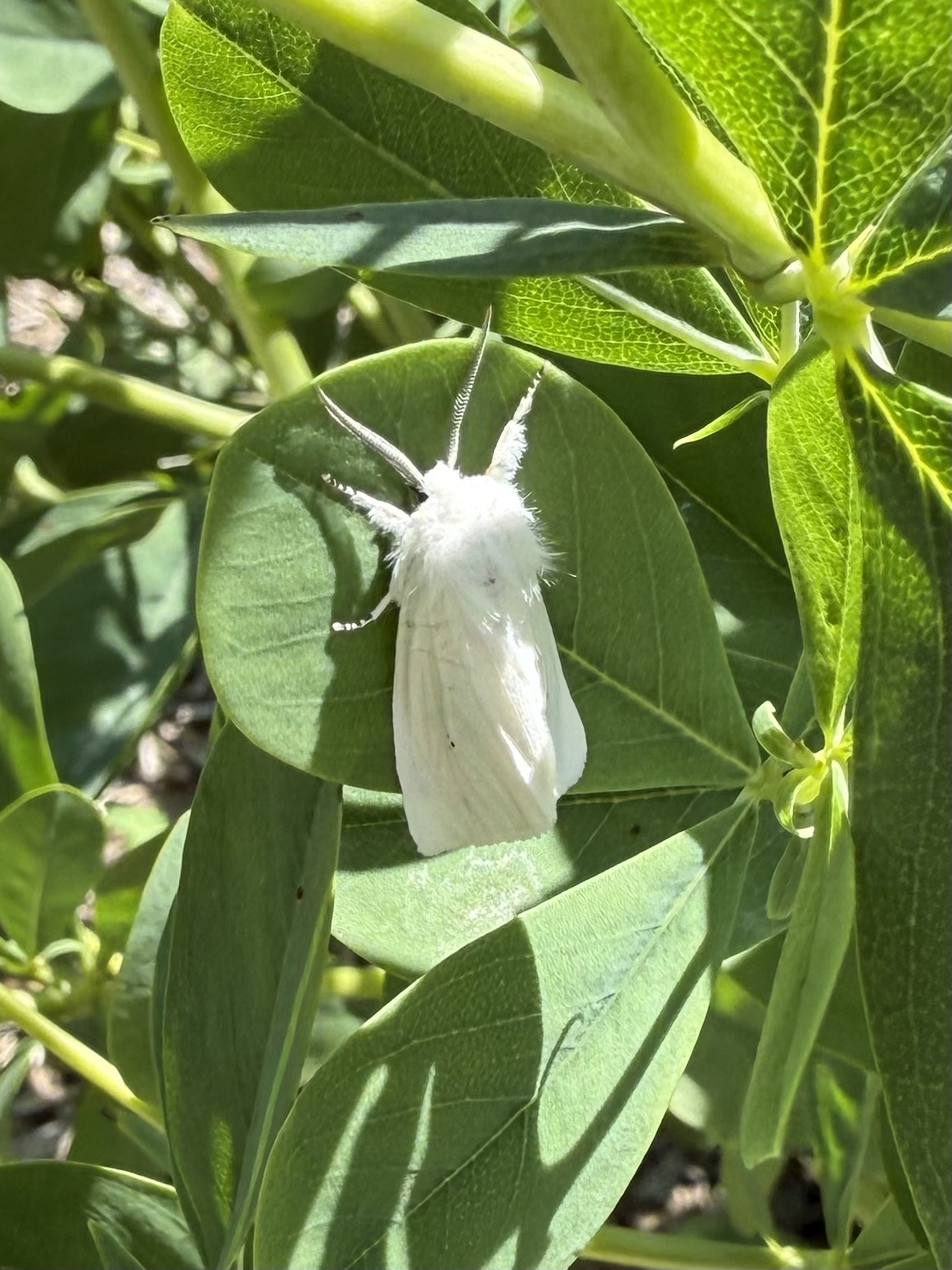
Get Involved: Join Us This July!
Pollinator Workshop | July 16th | 9:00 AM - 12:00 PM | Kimmel Education and Research Center, Nebraska City, NE
Join us to learn how to support pollinators, select native plants, and create thriving habitat in your own backyard. The workshop will feature educational sessions, youth activities, and a UNL Bee tour. Perfect for families, educators, gardeners, and anyone who cares about conservation.
Register here: Pollinator Workshop RSVP
Why It Matters
Every moth and butterfly species contributes to the larger story of biodiversity and balance. Many act as pollinators, others as prey for birds, bats, and beneficial insects. Their presence is a sign of healthy, functioning landscapes. By planting native species, reducing pesticide use, and creating habitat, we can support these vital creatures.
Whether you’re visiting Kimmel for apples, education, or a walk through the pollinator garden, keep your eyes open, you never know what might be fluttering by.
Have you seen any butterflies or moths during your visit to Kimmel? Share your photos or sightings with us!

